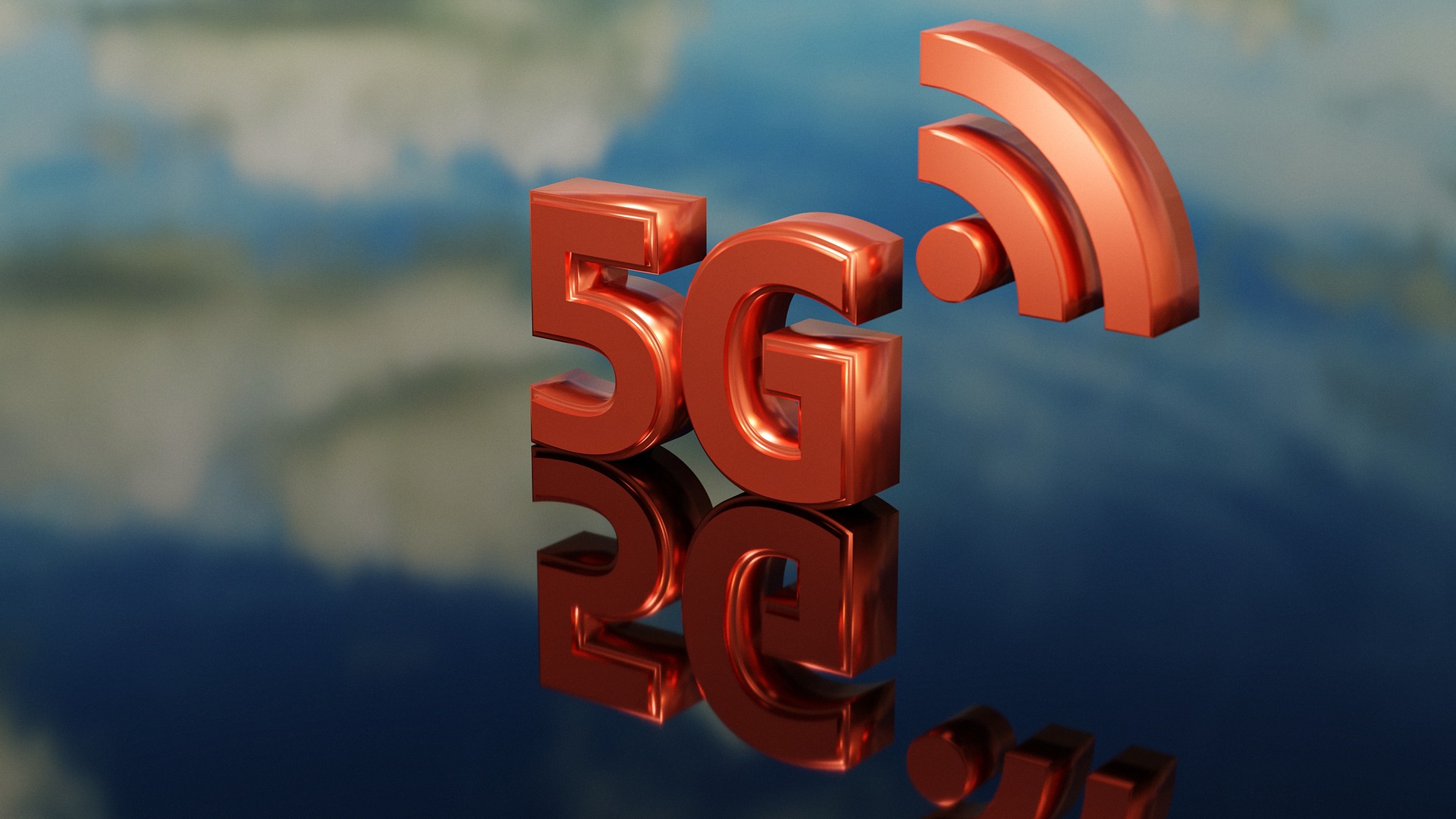The Remarkable Progress of Telehealth and Its Dependence on Reliable Internet Access
Just a decade ago, the idea of seeking medical help over the internet seemed far-fetched. Today, however, telemedicine has evolved into an integral part of healthcare delivery, thanks to the leaps made in internet and telecommunications technology. This article delves into the development of telehealth, its current trends, as well as its dependence on reliable internet access.

A Look at the Past: The Emergence of Telehealth
The concept of telehealth was born out of the necessity to provide medical care to remote locations. In the 1960s, the National Aeronautics and Space Administration (NASA) started to monitor the health of astronauts remotely. By the 1970s, with the advent of the internet, a few hospitals began to experiment with telehealth services. However, it was not until the 2000s – when broadband internet became widely available – that telehealth started to gain momentum.
The Internet and Telecommunications: Catalysts for Telehealth’s Success
The rise of broadband technology was pivotal for telehealth. It enabled real-time video consultations, fast transmission of medical images, and instant access to electronic health records. As internet speeds increased and technologies advanced, so did the capabilities of telehealth. For instance, the introduction of mobile technology allowed patients to consult doctors from anywhere, at any time.
Telehealth Today: A Blend of Innovation and Regulation
The Covid-19 pandemic propelled telehealth to the forefront of healthcare delivery. It became a necessity rather than a convenience, leading to rapid advancements and adoption. Meanwhile, regulatory bodies worldwide loosened restrictions on telehealth services to meet the increasing demand.
However, despite its benefits, telehealth is not without challenges. One major hurdle is the unequal distribution of reliable internet access. Without high-quality internet, the potential of telehealth remains underutilized.
The Importance of Reliable Internet Access for Telehealth
Telehealth depends heavily on reliable internet access. High-quality video consultations require fast and stable connections. Remote patient monitoring devices need steady internet to transmit data accurately. Even the most advanced telehealth solutions are ineffective if patients or healthcare providers lack reliable internet access.
The Way Forward: Bridging the Internet Access Divide
Efforts are underway worldwide to bridge the internet access divide. Governments, internet service providers, and organizations are joining forces to expand broadband coverage and improve internet speeds. The goal is not just to enhance telehealth services but also to ensure that everyone, regardless of location, can access quality healthcare.
In conclusion, the development and success of telehealth are closely intertwined with advancements in internet and telecommunications technology. As we move forward, ensuring reliable internet access for all will be crucial in unlocking the full potential of telehealth.





